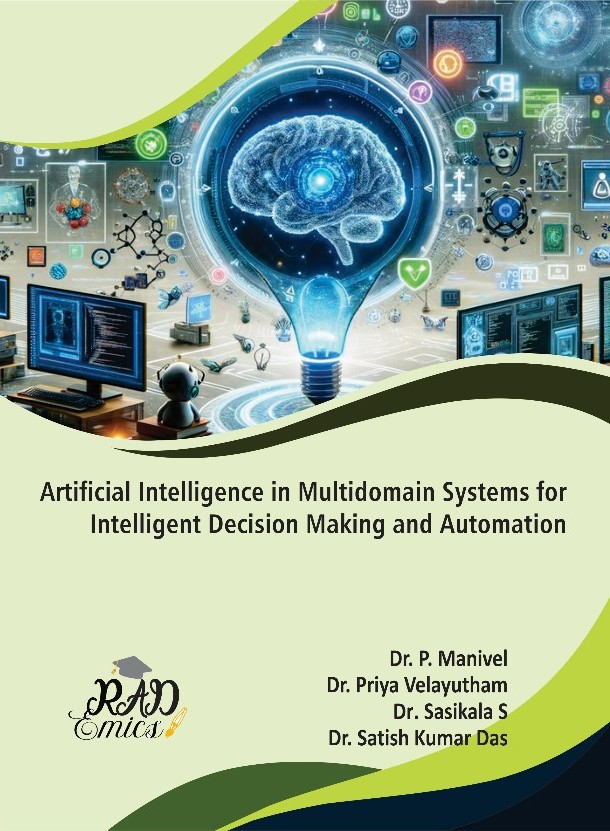
Abstract
The rapid digital transformation of power systems has necessitated the evolution of traditional electricity grids into intelligent, data-driven smart grids capable of autonomous operation and adaptive control. Deep Reinforcement Learning (DRL) has emerged as a powerful paradigm for real-time load forecasting and adaptive energy distribution, addressing the growing complexity, decentralization, and variability introduced by renewable energy sources and prosumer-driven consumption. Unlike conventional machine learning techniques, DRL facilitates sequential decision-making by learning optimal control policies through continuous interaction with dynamic grid environments. This chapter explores the integration of DRL models into smart grid infrastructures, with a focus on real-time demand prediction, dynamic resource allocation, and autonomous grid reconfiguration. It further delves into the challenges of non-stationarity, scalability, and convergence in Multi-Agent DRL (MARL) systems deployed across large-scale, distributed networks. By leveraging environmental signals such as weather patterns and event-based anomalies, DRL-based agents enhance forecasting accuracy and operational efficiency under uncertainty. The chapter also presents the role of DRL in fault recovery, voltage regulation, and load balancing, offering a holistic view of its capabilities in intelligent grid control. Through a synthesis of current advancements, simulation-based evaluations, and open research directions, this work contributes to the development of resilient, adaptive, and intelligent energy distribution networks.
Introduction
The global transition toward cleaner, more decentralized, and intelligent energy systems has catalyzed the development of smart grids—an advanced iteration of traditional electricity networks equipped with digital communication, sensing, and control technologies [1]. These systems aim to ensure reliability, sustainability, and operational efficiency while managing an increasingly complex grid environment [2]. The proliferation of distributed energy resources (DERs), bidirectional power flows, and real-time demand fluctuations has posed substantial challenges to traditional grid control mechanisms [3]. As energy networks become more decentralized, the limitations of conventional optimization and forecasting methods become increasingly evident. Static control policies and linear prediction models, while suitable for stable conditions, are often inadequate for managing dynamic energy ecosystems characterized by stochastic inputs and nonlinear system behaviors [4]. The need for intelligent, context-aware control frameworks that can dynamically respond to evolving grid conditions has led to a growing interest in artificial intelligence (AI), and in particular, deep reinforcement learning (DRL) [5].
Deep reinforcement learning represents a fusion of deep learning and reinforcement learning, allowing autonomous agents to learn optimal policies through trial-and-error interactions with the environment [6]. This approach is especially well-suited to real-time energy management tasks, where grid states change continuously and decisions must be made sequentially [7]. Unlike supervised learning, which depends on historical data and static labels, DRL agents can adaptively learn from system feedback and optimize long-term outcomes [8]. In smart grid applications, DRL enables adaptive load forecasting, intelligent energy distribution, dynamic fault recovery, and decentralized control. These agents learn to maximize operational efficiency while minimizing risks and penalties associated with overloading, instability, or service interruptions [9]. The versatility of DRL is further amplified when applied to large-scale, multi-agent environments such as power grids, where individual agents can manage local substations, microgrids, or loads while cooperating toward system-wide optimization. As a result, DRL introduces a new paradigm of predictive and prescriptive intelligence into smart grid operations [10].